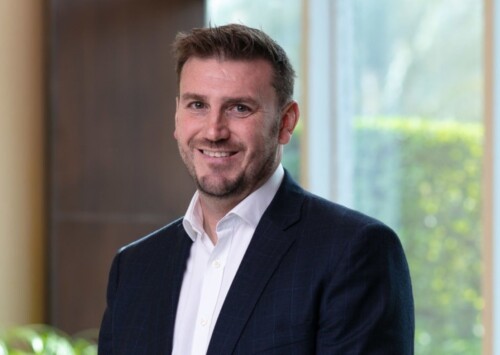Glasgow University scientists use bioengineering for bone repairs

Research reveals that a bioengineering breakthrough from scientists at the University of Glasgow could lead to improved results for patients by repairing damaged bones
New research reveals that a bioengineering breakthrough from scientists at the University of Glasgow could lead to improved results for patients by repairing damaged bones without causing negative side effects associated with other treatments.
In a press statement, Glasgow University says that the breakthrough could aid in the development of novel treatments intended to assist individuals afflicted with severe skeletal injuries or cancer-induced bone loss in regenerating bone tissue.
It adds that growth factors are crucial in developmental biology, guiding body development from infancy to adulthood. They also aid tissue healing post-injury by initiating intricate processes.
The statement adds that that the team’s paper, titled Engineered Surfaces That Promote Capture of Latent Proteins to Facilitate Integrin-Mediated Mechanical Activation of Growth Factors, has been published in Advanced Materials, a scientific journal.
It adds that research was supported by funding from the European Union’s Horizon 2020 programme, the European Research Council, and the Engineering and Physical Sciences Research Council.
“The biological processes that underpin this study have been understood for more than two decades, but this is the first time that they’ve been harnessed to produce this regenerative effect,” says Dr Udesh Dhawan, the lead author and Research Fellow at the University of Glasgow’s James Watt School of Engineering.
“Being able to deliver immobilised proteins directly to the treatment site in this way provides much more control over how growth factors become active and start the healing process. It also works at much lower concentrations than previous treatments, helping further minimise the chances of unwanted bone growth beyond the site in need of healing,” he adds.
“This is a new step in the right direction, but physiological systems are more interconnected than we can imagine and how this new strategy affects other crucial components of the body such as immune cells still needs to be evaluated. Nevertheless, these are very encouraging results, which suggest that this new treatment could have real benefits in clinical settings to encourage bone regeneration,” Dhawan adds.
“Growth factors are very powerful tools for helping the body heal, but currently they need to be very carefully applied to prevent negative side effects cancelling out any positive therapeutic benefits. Our approach to controlling the activation of growth factors could create new opportunities for patients in the future. It could help regrow bone for patients who have lost large sections to diseases like cancer or through serious accidents, providing a much higher quality of life for them,” says Professor Salmeron-Sanchez, co-director of the University of Glasgow’s Centre for the Cellular Microenvironment.










